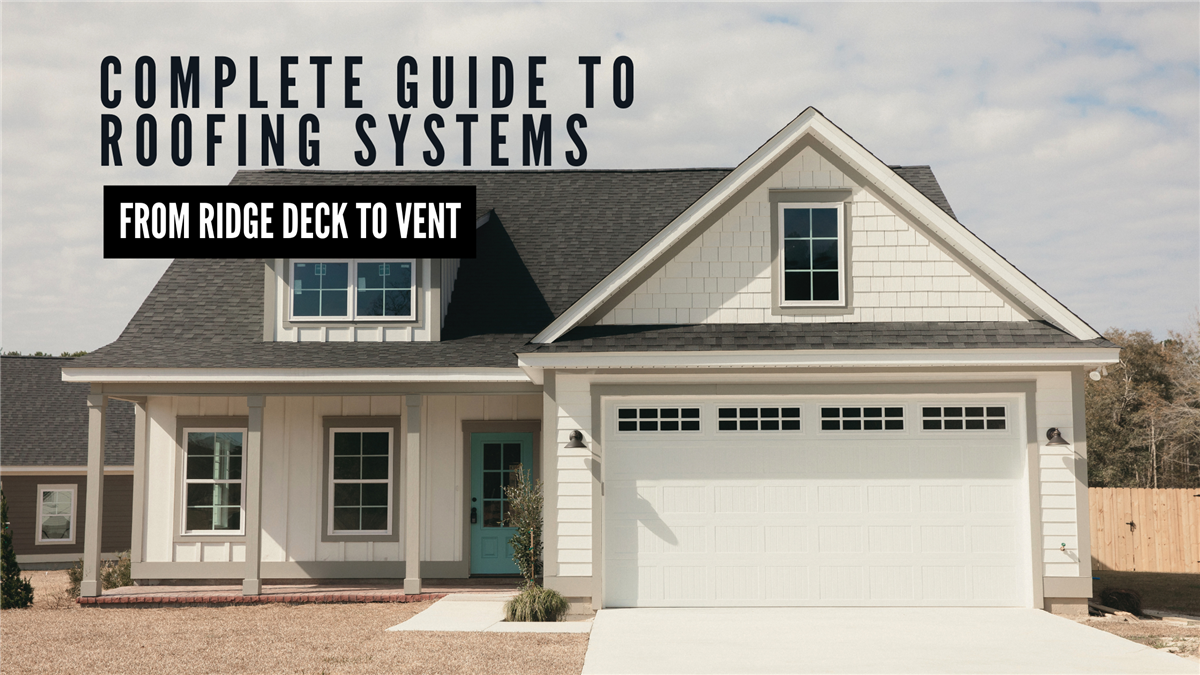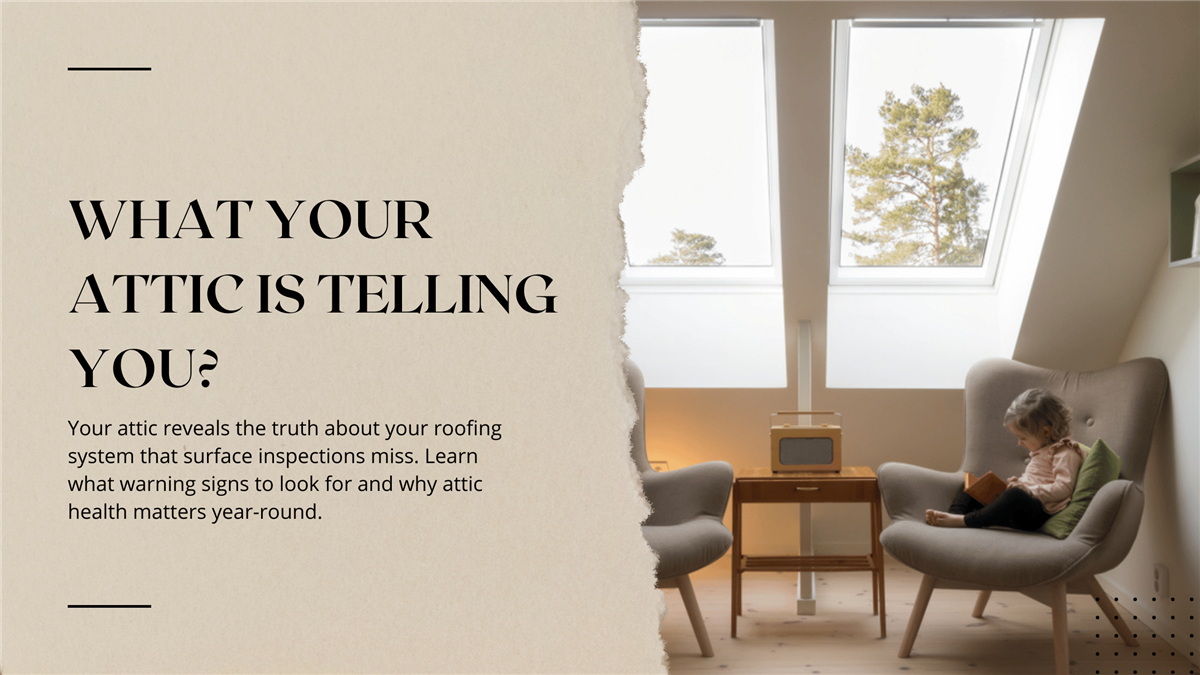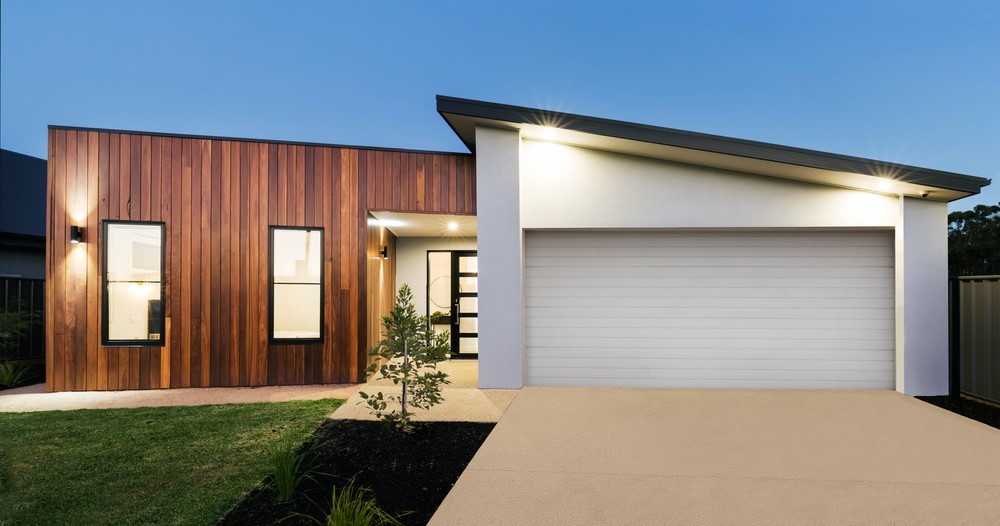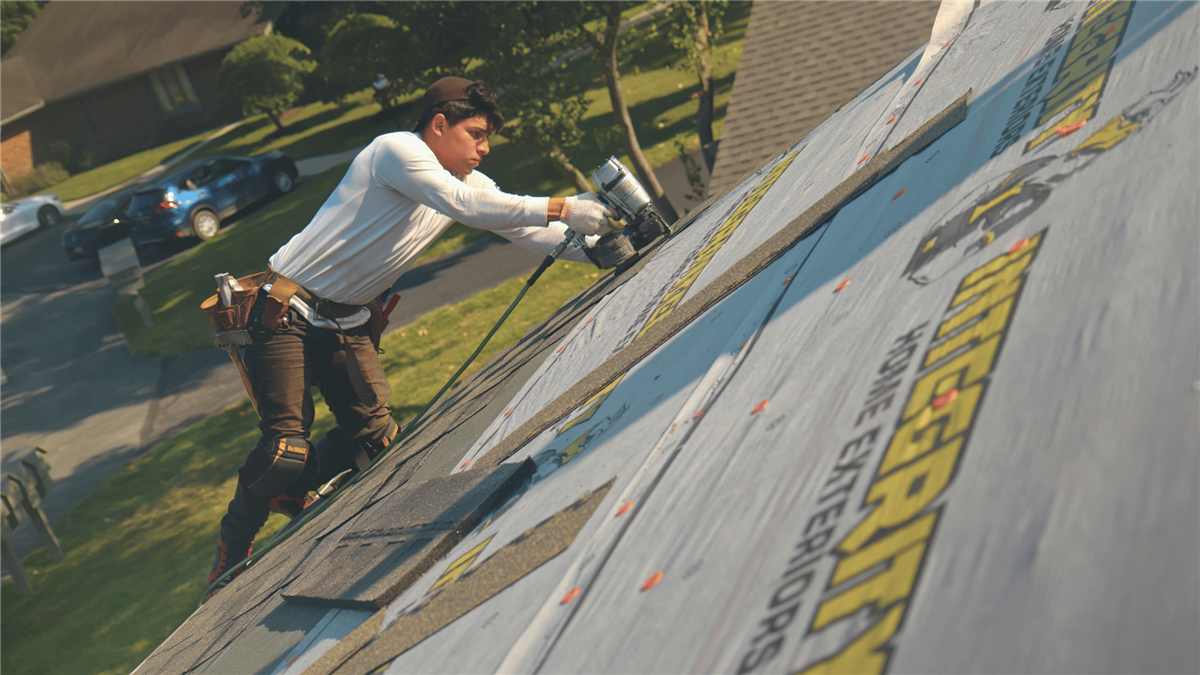
A roof is more than just a layer of shingles protecting your home from the elements. It's a complex system of interconnected components working together to ensure your home stays dry, comfortable, and energy-efficient. Understanding these components and how they contribute to the overall health of your roof is crucial for any homeowner. In this comprehensive guide, we'll explore the world of roofing systems, focusing on the importance of proper roofing ventilation and the role each component plays in maintaining a healthy roof.
Roofing System Components
A typical roofing system consists of several key components, each serving a specific purpose in protecting your home. Let's take a closer look at each of these components:
1. Roof Decking
- Also known as sheathing
- Typically made of plywood or oriented strand board (OSB)
- Attached directly to roof trusses or rafters
- Provides a sturdy base for the rest of the roofing components
- Helps distribute the weight of the roof evenly
2. Underlayment
- Installed directly on top of the roof decking
- Water-resistant or waterproof barrier
- Provides an extra layer of protection against moisture infiltration
- Serves as a secondary defense in case of damaged or missing shingles
3. Ice and Water Shield
- Essential in colder climates
- Self-adhering membrane installed in vulnerable areas (valleys, eaves, around chimneys)
- Protects against ice dams and water backup caused by melting snow and ice
4. Shingles
- Most visible component of the roofing system
- Primary defense against the elements
- Available in various materials (asphalt, metal, tile, wood)
- Choice depends on climate, aesthetics, and budget
5. Flashing
- Thin metal material used to seal and waterproof areas around chimneys, vents, skylights, and other roof penetrations
- Properly installed flashing is crucial for preventing water seepage
6. Ventilation
- Essential for regulating temperature and moisture levels in the attic space
- Well-designed system consists of intake vents (soffit vents) and exhaust vents (ridge or gable vents)
- Allows cool, fresh air to enter the attic while expelling warm, moist air
- Helps prevent heat buildup, ice dams, and mold growth
A well-designed ventilation system is crucial for maintaining a healthy roof and ensuring your home's energy efficiency. Consult with a professional roofing contractor to determine the best ventilation solution for your specific needs and climate.
7. Ridge Cap Shingles
- Specially designed shingles installed along the peak of the roof, where two slopes meet
- Provide a finished, polished look
- Protect the vulnerable peak area from water infiltration and wind damage
8. Gutters and Downspouts
- Not directly part of the roofing system but play a crucial role
- Direct water away from the home's foundation
- Channel water off the roof and away from the house
- Help prevent soil erosion, basement flooding, and other water-related issues
9. Collar Beams
- Also known as collar ties
- Horizontal framing members that connect two opposing roof rafters
- Provide structural support
- Help prevent roof sagging or spreading
- Especially important in areas prone to high winds or heavy snow loads
10. Soffit and Fascia
- Soffit: underside of the roof's overhang
- Fascia: horizontal board running along the lower edge of the roof
- Both components contribute to protecting the home from water damage and pest intrusion
- Play a role in the overall aesthetics of the home's exterior
Importance of Each Component
Each component of a roofing system plays a vital role in protecting your home and ensuring the longevity of your roof:
- The roof decking provides a sturdy foundation for the other components and helps distribute weight evenly.
- Underlayment adds an extra layer of water resistance, guarding against moisture infiltration.
- Ice and water shields protect vulnerable areas from ice dams and water backup in colder climates.
- Shingles serve as the primary defense against the elements, with various materials offering different benefits.
- Flashing seals and waterproofs areas around roof penetrations, preventing leaks.
- Proper ventilation regulates temperature and moisture levels, preventing damage and improving energy efficiency.
- Ridge cap shingles protect the peak of the roof while providing a finished look.
- Gutters and downspouts direct water away from the foundation, preventing erosion and flooding.
- Collar beams provide structural support and help maintain the roof's integrity.
- Soffit and fascia protect against water damage and pests while contributing to the home's aesthetics.
How Roofing System Components Work Together
The components of a roofing system work in harmony to provide comprehensive protection for your home:
- The roof decking serves as the base, while the underlayment and ice and water shield (in colder climates) provide additional water resistance.
- Shingles form the primary barrier against the elements, with flashing sealing vulnerable areas around penetrations.
- Proper ventilation works in tandem with insulation to regulate temperature and moisture levels in the attic.
- Gutters and downspouts direct water away from the foundation, working together to prevent erosion and flooding.
- Collar beams provide structural support, helping to maintain the roof's integrity and prevent sagging or spreading.
- Soffit and fascia contribute to both the protection and aesthetics of the home's exterior.
The specific interactions of these components may vary depending on the type of roof. Pitched roofs rely on gravity to shed water, with underlayment and shingles designed for efficient drainage. On the other hand, flat roofs require a more robust waterproofing system, as water doesn't naturally drain away as easily.
Regardless of the roof type, all components must work together to ensure the roof's performance and longevity.
Impact of a Healthy Roof on Home Health
A well-maintained, healthy roof has far-reaching effects on the overall health and comfort of your home:
- Protection from the elements: A sturdy roof keeps your home dry and prevents damage from rain, snow, wind, and sun.
- Improved energy efficiency: Proper insulation and ventilation help regulate temperature and moisture levels, reducing energy costs and increasing comfort.
- Enhanced indoor air quality: By preventing moisture buildup and mold growth, a healthy roof contributes to better indoor air quality and a healthier living environment.
- Increased home value: A well-maintained roof boosts curb appeal and can significantly increase your home's resale value.
- Peace of mind: Knowing your roof is in good condition provides a sense of security and protects your investment in your home.
Common Roofing Problems and Prevention
Even with proper maintenance, roofs can develop issues over time. Identifying and addressing these problems early is key to preventing costly repairs and extending the life of your roof:
- Leaks: Caused by damaged or missing shingles, flashing failures, or ice dams. Regular inspections and prompt repairs can prevent leaks.
- Shingle damage: Results from severe weather, aging, or improper installation. Choose durable, high-quality shingles and ensure proper installation.
- Clogged gutters: Can lead to water damage and foundation issues. Clean gutters regularly and consider gutter guards.
- Poor ventilation: Causes moisture buildup, heat accumulation, and damage to the roof structure. Ensure a balanced ventilation system with adequate intake and exhaust vents.
- Other issues: Ponding water, cracking, blistering, granule loss, and moss or algae growth. Regular maintenance and professional inspections can help identify and address these problems before they worsen.
Types of Roofing Materials
When considering a new roof or replacement, it's essential to understand the various roofing materials available and their advantages:
- Asphalt shingles: Affordable, versatile, and simple to install, asphalt shingles provide good durability and come in various colors and styles.
Premium options, like Atlas Pinnacle Pristine and StormMaster shake, offer superior durability, weather resistance, and aesthetics. Although more expensive initially, these high-end shingles can be more cost-effective over time due to their long-term performance and extended lifespan.
- Metal roofing: Durable, energy-efficient, and low-maintenance. Metal roofs can last up to 50 years or more and are resistant to fire, wind, and pests.
- Tile roofing: Long-lasting, energy-efficient, and aesthetically pleasing. Tile roofs are heavy and require a sturdy roof structure, but they can last over 100 years with proper maintenance.
- Other options: Wood shakes, slate, and synthetic materials. Each has its own set of benefits and drawbacks, and the choice depends on factors such as climate, budget, and personal preferences.
FAQ Section
What is the most effective roof ventilation system?
The most effective roof ventilation system is one that creates a balanced flow of air through the attic, with intake vents (such as soffit vents) allowing cool, fresh air to enter and exhaust vents (like ridge vents or gable vents) allowing warm, moist air to escape. The specific configuration depends on factors such as the size and shape of your roof, climate, and local building codes.
What are the advantages of a metal roofing system?
Metal roofing systems offer several advantages:
- Durability: Metal roofs can last 50 years or more with proper maintenance.
- Energy efficiency: Metal reflects heat, reducing cooling costs in the summer.
- Low maintenance: Metal roofs require minimal upkeep and are resistant to fire, wind, and pests.
- Eco-friendly: Many metal roofs are made from recycled materials and can be recycled at the end of their lifespan.
What framing systems are commonly used to support residential roofs?
The two most common framing systems for residential roofs are:
- Rafters: A traditional framing method using individual sloped members to support the roof decking and transfer the load to the exterior walls.
- Trusses: Prefabricated structural frames consisting of triangular units. Trusses are designed to efficiently distribute the load and are widely used in modern residential construction.
How often should I have my roof inspected?
It's recommended to have your roof professionally inspected at least once a year, preferably in the spring or fall. Additionally, inspect your roof yourself after severe weather events or if you notice any signs of damage, such as missing shingles or leaks.
What are the signs that my roof needs to be replaced?
Some common signs that your roof may need replacement include:
- Age: Most asphalt shingle roofs last 20-30 years. If your roof is approaching or exceeding this age, it may be time for a replacement.
- Curling or missing shingles: This can indicate weathering and aging, and it's essential to address these issues promptly.
- Sagging roof: A sagging roof may indicate structural issues and should be inspected by a professional.
- Granule loss: If you notice an excessive amount of granules (the sandpaper-like substance on shingles) in your gutters, it may indicate that your shingles are nearing the end of their lifespan.
- Daylight through the roof boards: If you can see daylight coming through your roof boards in the attic, it's a sign of significant damage and potential leaks.
How can I extend the lifespan of my roof?
To extend the lifespan of your roof:
- Schedule regular professional inspections and address any issues promptly.
- Keep your gutters clean and free of debris.
- Ensure proper ventilation to regulate temperature and moisture levels in the attic.
- Trim overhanging tree branches to prevent damage to shingles.
- Avoid walking on your roof unnecessarily, as this can cause damage to shingles.
Conclusion
A well-maintained, complete roofing system is essential for protecting your home and ensuring its longevity. By understanding the various components, their roles, and how they work together, homeowners can make informed decisions about their roofs and catch potential issues early.
Regular inspections and maintenance, combined with a basic knowledge of common roofing problems and their prevention, can help extend the life of your roof and keep your home healthy and comfortable.
If you have concerns about your roof or are considering a replacement, consult with our trusted, professional roofing experts at Integrity Home Exteriors. Our expertise can guide you in making the best decisions for your home and ensure that your roofing system provides optimal performance and protection for years to come.
Tags
Subscribe to Integrity Home Exteriors's Blog



